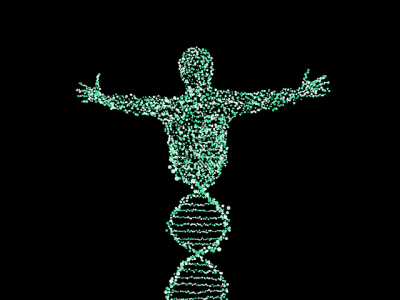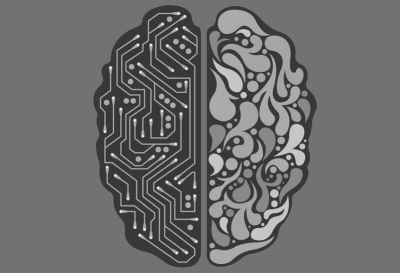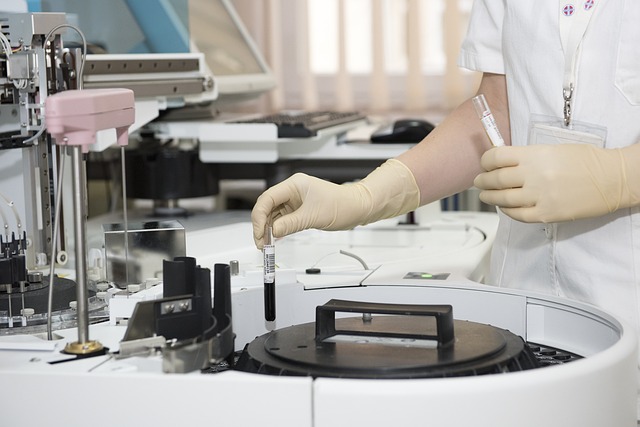3 Tips to Optimizing Your Body for Success – How Top CEOs Hack Biology

The lifestyles of the best and brightest have long been a source of fascination. To know the habits and choices where we and they diverge is to know how to bridge the gap: how to get on top. But not every fad and fancy offers genuine utility. Some lifestyles are possible only for those with vast amounts of wealth; some are just that – fads and fancies. However, in every decade, there are a few innovations that catch on.
The ubiquity of office meditation and mindfulness practices was made possible by a few early trailblazers. Even HR departments – now as commonplace as the building’s front door – began as something outlandish. The major technological shifts of each era tend to color the ethos of revolution, but the current focus may surprise you.
It’s not just tech that’s being put to new uses; our bodies are now fair game for experimentation.
In this article, we take a look at the ways top business people are hacking biology for their own ends.
1. Super-fuelling the brain via keto dieting and fasting
The keto diet is nothing new. And many who’ve looked into serious weight-loss solutions may have heard of it, the premise is simple enough.
When on the keto diet, one restricts one’s intakes of carbohydrate accordance to one’s goals and willpower. Eating less than 20 grams of carbs a day may be ideal – that’s one bread roll, for point of reference – but many make doing with 30-50 gram allowances. When deprived of its primary source of energy, carbohydrate broken down into glucose, the body switches its fuel source to fat. Thus, alongside a calorie deficit, a ketogenic low-carb diet allows you to burn off your own body fat at an accelerated rate.
Sounds simple, yet in Silicon Valley, muscle tone is not the only thing the keto diet is being used to tune up.
Participants in a 7-day fast led by Geoffry Woo – CEO of biohacking company HVMN – used insulin monitors to test their blood-glucose levels over the period of abstinence. Lower blood glucose levels equal higher ketones (the chemical produced when fat is broken down instead of glucose – hence keto). And it turns out these ketones are that not only are ketones super-fuel for the brain, they’re better in nearly every way for the brain’s function than what 99% of people use: glucose.
Running the brain on ketones has benefits that range from encouraging the growth of neurons to preventing Alzheimer’s disease – food for thought indeed.
Woo and many of his co-fasters would agree that keto and fasting are great ways to build mental clarity and longevity.

2. Adopting polyphasic sleeping patterns
Although we don’t know it, we almost all sleep in what is known as a monophasic pattern. This simply means that our sleep takes place over one uninterrupted period (if we are lucky). However, some top executives have begun to break up their sleep and redistribute it throughout the 24-hour period. These adjusted patterns are known as biphasic or polyphasic, meaning that sleep is taken over two or more separate periods.
Essentially, the benefits have to do with the re-portioning of sleep types. A typical monophasic sleep pattern contains a mix of short wave, long wave, and REM(dreaming sleep). Polyphasic sleep pattern, however, may box all one’s long wave sleep into one sleep period, where it would normally be distributed throughout the night. Some think this is more efficient. However, some researchers are not yet convinced.
One inarguable benefit of biphasic sleeping is that the period between the two nights of sleep, usually in the very early morning, is a great opportunity for some me time. Biphasic sleepers, can catch up on reading, play exciting games online, and generally get round to those things we don’t always make time for in the day.

3. Technological augmentation
While this is in its very early infancy, the possibility that many of us may soon be enhanced by implants of one sort or another is very real. The neuroprosthetics offered by tech start-up Kernal have the potential to increase their user’s raw processing power and memory in a way that brings science fiction into the boardroom.
While at present, founder and CEO Bryam Johnson is focussed on medical uses – specifically cures of memory disorders such as Alzheimer’s – the concept behind the cure has clear and acknowledged the potential for non-medical use. Theoretically, users could back up and store memories using the implanted devices, granting a superhuman ability to recollect.






